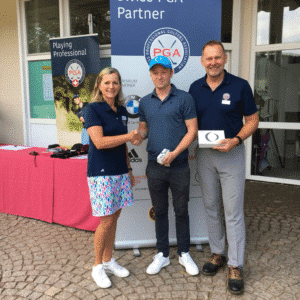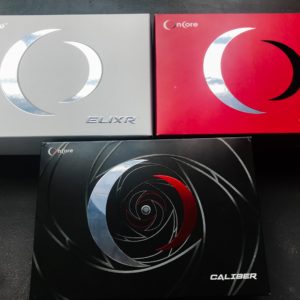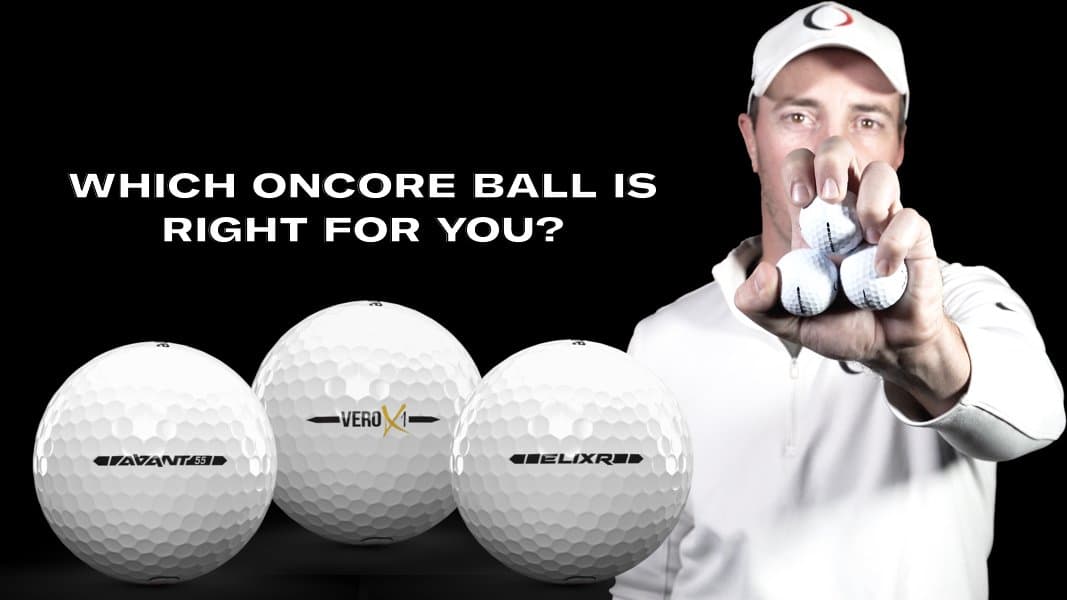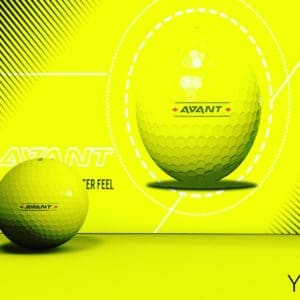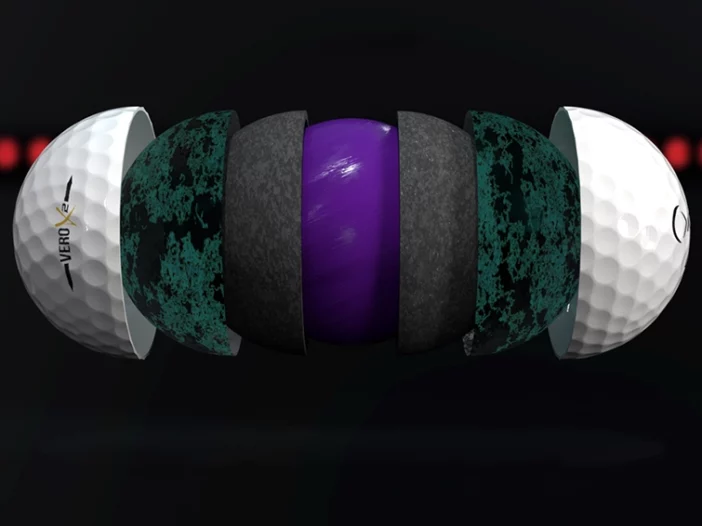
Our, Mike Jordan is responsible for more than 40 golf ball patents. He got his start with Titleist after graduating from Furman University, where he led the design of the many products you know and love. From there, he went on to lead TaylorMade’s golf ball engineering. Mike is joining us for a series of blog posts to help you better understand golf ball basics and choose the right ball for your game.
Next on the First Tee … Senior Technical Advisor Mike Jordan!
Golf Balls 101
“The golf ball is the most essential piece of equipment you use when playing golf. You hit it with every club in the bag as you move from tee to green. If you’re playing by USGA rules, you can’t change it out in the middle of a hole. Its inherent properties allow you to hit monster drives, work tight draws with long irons, throw darts at the pin with wedges, and roll true putts to the hole. So, let’s dive deeper into the golf ball and learn how it impacts your game.”
Golf Ball Design
“While specific swing characteristics impact much of the golf ball’s behavior, golf balls are designed to optimize golfers’ latent abilities. Your swing speed and spin profile (back and side spin) are key inputs to the golf ball’s performance. But, the golf ball is engineered to maximize the good of your swing while minimizing the bad.
- If you have a slow swing speed, there are golf balls to maximize your distance.
- If you have a high swing speed but a lot of back and side spin, there are golf balls that minimize excessive spin while maximizing distance.
- If you’re an aggressive ball striker around the green and tend to generate too much spin that pulls balls off the green, there are golf balls that minimize your greenside spin.
The modern golf ball will determine your distance off the tee, how you hit your approach shots, attack the pin, and feel on every shot.
Distance catches most golfers’ attention and is integral to the game.
The long-distance “formula” is high ball speed, low back spin (with limited side spin) and high launch angle. Golf ball designers all work to provide the highest speed allowed by the USGA. Over the past 20 + years, golf balls have gotten very fast! Let’s focus on spin control – there are so many golf balls on the market due to spin control.
The ball’s compression, construction (core sizes and layer thicknesses), and material choices determine a golf ball’s spin profile. Golfers need to find the golf ball designed to maximize the performance of their inherent swing conditions. The launch angle is impacted by golf ball construction and material choices. Similar to the spin profile, golfers need to be aware of maximizing their launch through their golf ball selection.”
Golf Ball Control
“Control of the golf ball during flight has changed through the years. When PGA TOUR players used wound balls, they needed to manipulate flight path and trajectory to hit the shots they need. They called it “workability,” maneuvering the ball by generating a lot of spin.
TOUR-level golfers could generate and control the amount of spin they wanted on the ball’s flight for a tight draw, a long fade, or to hit the back of the green and bring the ball back twenty feet to the pin. All that spin cost straight-line distance and they were always susceptible to a missed shot.
There was a lot of risk to go along with the potential reward. Golfers were open to new, less risky ways to play. In the late ’90s and early ’00s, Spalding, Bridgestone, Callaway, Nike and Titleist all adopted solid core, three-piece constructions. They prioritized distance through much lower spinning golf balls that were far more consistent to play. Golfers were truly hitting bombs straight down the fairway and then could aim for the pin and hold the green.
Today’s golf balls are workable but much less so than the wound balls from yesteryear. Today golf ball designers give golfers choices of how they control the ball through construction (layer thicknesses) and material choices (Surlyn vs. urethane). The primary focus is on short iron and wedge play. You can still pull a ball off the green, but it is much more difficult today.
Controlled ball flight and aerodynamic performance (think dimple design) are critical when considering golf ball control. When a golfer hits a great tee shot only to see it blow up in a headwind or get knocked 30 yards offline, it is often maddening.
How a golf ball performs in the air is usually determined by its construction and aerodynamic design. Many golfers believe aerodynamics (dimple pattern) is only focused on distance maximization when it dictates how the ball tracks in all wind conditions. Golfers can find a ball with accurate ball flight regardless of wind conditions.”
Golf Ball Feel
“The feel of the golf ball is an emotional reaction to what happens when the golf club strikes the golf ball. It’s 100% determined by the golf ball’s construction (think layers), materials (think Surlyn and urethane), and design (think compression).
A “good” feeling golf ball is subjective as I may like a firmer feeling ball while you want a softer feeling ball. How you perceive the golf ball to feel when you hit is essential and a trait you can search for when choosing your golf ball.
Just know that a lot of what you think is feel is how the ball looks on the tee and sounds when you hit it. These are all things golf ball designers influence with their design choices.
This simple golf ball overview lets you see how much golf ball design impacts every shot you make. In this series, we’ll look progressively deeper into each component critical to performance and design. The goal is to arm you with the knowledge and information you need to find and choose the best golf ball to maximize YOUR game.”
OnCore Senior Technical Advisor Mike Jordan has been in the golf ball design and engineering world for going on 30 years. He’ll be contributing regular blog posts chock-full of useful information to help you improve your game.

